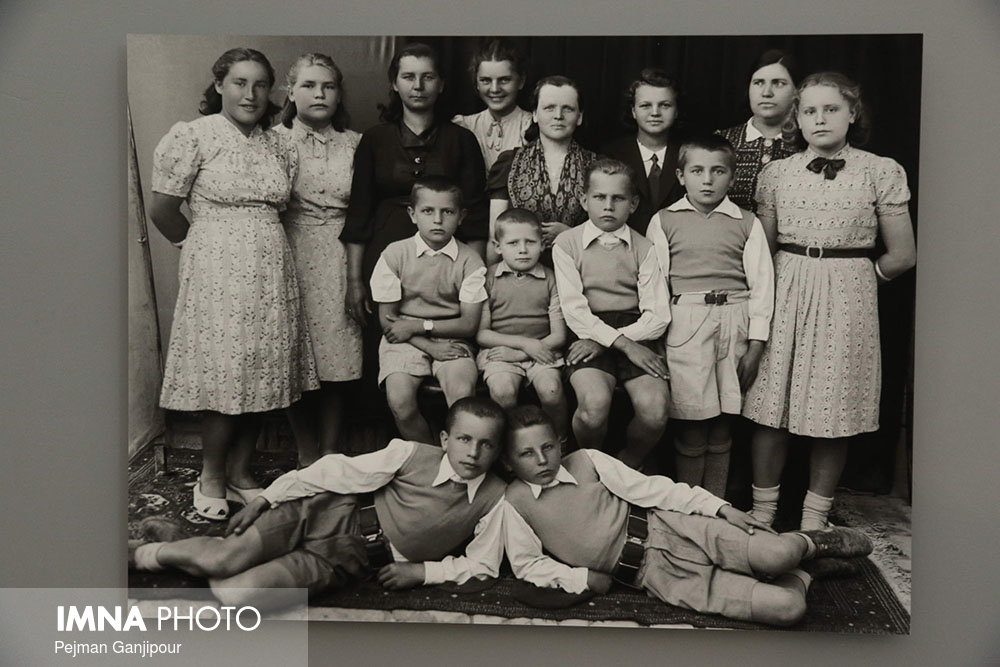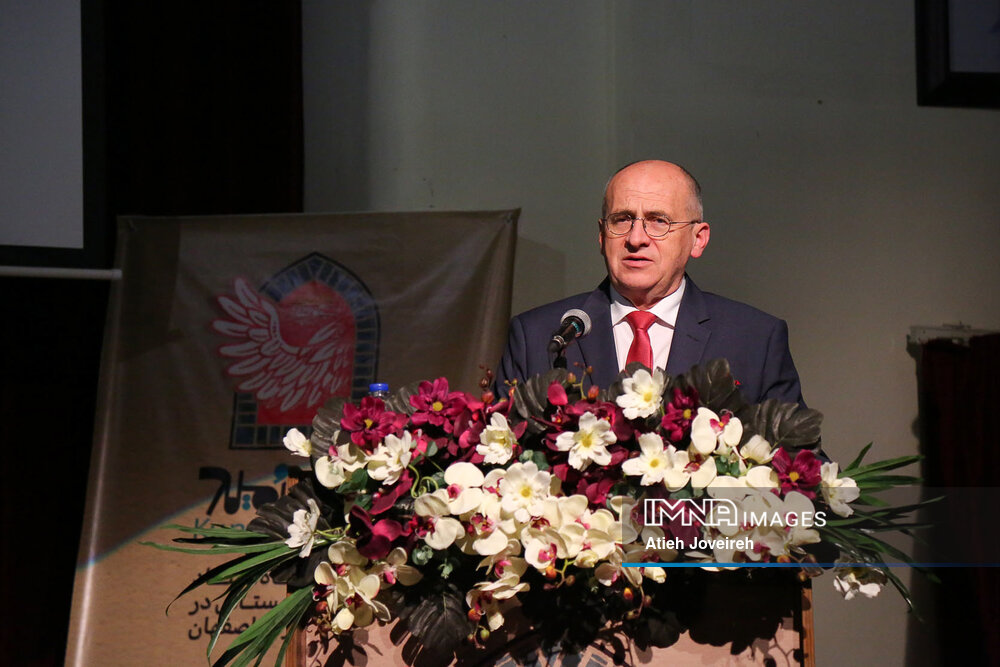In a country with decades-long political conflict with the Israeli regime, the greatest Jewish community in the Middle East stands still amidst the head-to-head confrontations.
Iran (IMNA) - The Jewish community in Iran has a long history, dating back to around the eighth century B.C. Initially spread throughout the country, they are now predominantly located in Tehran and other major cities like Isfahan.
Historical records reveal that the first Jews were compelled to leave their homeland, which was under the control of the Israeli regime at the time, and were forced to relocate to Babylon. Eventually, Babylon fell under the rule of the ancient Persian kings.
During this period, Cyrus the Great, the founder of the Achaemenian empire, issued the Edict of Cyrus, granting permission for Jews to return to Judah. While some chose to go back, others decided to remain in Babylonia, becoming the first Jewish population living in the Disapora.
According to accounts from notable geographers, the exiled Jews from Babylonia settled in Isfahan, which was later known as Yahudiya, meaning "the town of Jews." Persian historian and geographer Ebn al-Faqih documented an interesting practice among these exiled Jews. They would bring samples of water and soil from Jerusalem, attempting to find new residences that resembled their desired location. They would continue searching until they found Isfahan, which they considered a perfect match. They then established their new life in Yahudiyah.
Isfahan's history of welcoming Jews did not end there. During World War II, the city provided refuge to nearly 3,000 Polish orphans who were fleeing the Soviet Union's invasion of their homeland. These vulnerable individuals, mostly women and children, sought shelter in Iran when they had nowhere else to go. In total, around 300,000 Poles fled to Iran during that time, finding solace and support in Isfahan.

" During the long years of captivity, we were unable to keep track of the passing days and months, and all we could think about was death. We couldn't help but envy those who had perished, as they were freed from suffering and hunger. Having a hot meal became the greatest desire for every Polish refugee, and entering Iran marked the end of our hardships for all Polish exiles," Maasume Goudarzi, Professor of Local History, quoted Helen Stelmach as saying. Helen Stelmach, the last Polish survivor of World War II in Iran, was among those children whose destiny was bound up with Iran.
"When we bunched up in Iran, we were welcomed by Iranians, and those harsh days turned into a bubble; however, the weeping and sighing of those tough times left a lasting impression on us. The city of Isfahan and its people made an enormous contribution to our inner peace."
"The large and luxurious garden mansion of Prince Sarem al-Dawlah, on the west side of Isfahan, was one of the centers dedicated to Polish children so that the enlivening atmosphere of the garden would boost their mental and physical health," Guderzi noted.
She went on to say that "the French Monastery of Nuns was chosen as the secondary residence for girls, and the Father Lazarus House was also provided to accommodate the boys. Such measures made Isfahan known as the city of Polish children."

Special educational centers were opened upon the arrival of Polish children in Isfahan, and related textbooks and all educational materials were provided for them.
"During their stay in Isfahan, Polish immigrants had made a significant contribution in practicing enlightenment among people by publishing several uncensored newspapers," Goudarzi said.
Reza Nikpour, the firstborn of the late Helen Stelmach, told IMNA the story quoted from the Polish Deputy Minister of Economic Development regarding the hospitality of Isfahani people towards the Polish immigrants that reads as follows:
"One day the Deputy Minister of Development of Poland came to Iran with a regular passport, and no one had any idea who he was. He was staying in a hotel in Isfahan, and his tour guide bought him a package of Gaz [an Isfahan special souvenir] as an ordinary gesture of hospitality. After the tour guide handed the package to the deputy minister, he burst into tears and said that his mother was one of those children who took refuge in Isfahan during World War II, and now he came here to Isfahan to see if his mother's compliments of Iranians were true or not, and then the gift made him realize that she was right."
Paying tribute to the poles used to live in Iran and honoring Isfahan’s Cultural Week, the Municipality of Isfahan inaugurated a photo exhibition under the title of “The Trails of Hope” to revive the memories of those good old days.
Praising the generosity of Iranian towards Polish refuges, Zbigniew Rau the Minister of Foreign Affairs of the Republic of Poland who was the special guest of the event noted, “Isfahan took the name of *The City of Polish children*, because it welcomed more than 2,500 Polish children, most of whom were orphans, who got the chance of going to schools and making friends with their peers."
Zbigniew Rau ended his speech by saying that "It is the best time to express our gratitude regarding the Iranians’ hospitality back in the day. I, as the Minister of Foreign Affairs of Poland, am proud to stand with the people of Isfahan today. I hope that all the world's refugees would reach that paradise that Isfahan provided for Polish refugees 80 years ago."

Your Comment